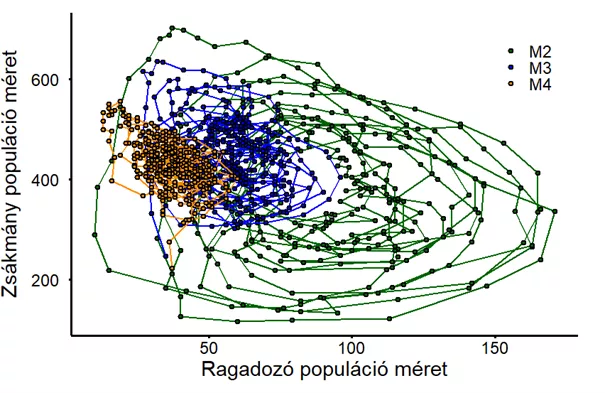Social information mediated by the presence and behavior of other individuals not only influences individual behavior, but can also generate changes at the level of the general population. According to researchers at the ELKH Centre for Agricultural Research (ATK), even in the absence of a social way of life among a species, the spread of social information can still develop and have similarly important consequences on population dynamics as in the case of animal species which form into groups. From the perspective of pest control, this phenomenon may have hitherto unrecognized significance in terms of the relationship between pollinators, pests and natural predators, and competing pest species.
In a summarizing article, the ELKH ATK NÖVI Department of Zoology has argued that the dissemination of social information between individuals is not necessarily limited to species that live in groups, and may be much more prevalent in the animal kingdom than previously assumed. In their study, the researchers collected experimental work that has demonstrated the ability to use social information in non-group-forming species in recent years, as well as conditions that may play an important role in creating the dissemination of social information between individuals. In addition, a method for studying and analyzing the phenomenon has also been proposed for species that do not form groups.
In a further publication, it was also demonstrated by computer simulation that replicating predator avoidance behavior by fellow members of the same species in prey populations of randomly moving individuals fundamentally affects the dynamics of both the prey and predator populations. These findings indicate that the use of social information in a prey population may lead to a weakening of predator-prey interaction and the cessation of fluctuations between the two populations.
The studies were published in the December issues of Frontiers in Ecology and Evolution and Evolutionary Ecology.

Individual examples of the studied predator-prey dynamics. The population sizes indicated by the green dots are from a time series (M2) where the prey does not display any predator avoidance behavior. In this scenario, both populations are characterized by high-amplitude fluctuations. When predators avoid predator behavior (M3), cyclicality decreases in both populations (dots marked in blue), and the average population size of predators stabilizes at a lower value compared to the previous scenario. If prey animals are able to respond to predatory avoidance behaviors belonging to members of the same species with similar behavioral changes (i.e., using social information indicated by breeders; M4), both the prey and predator population sizes (orange dots) show significantly lower variance compared to their previous scenarios, the cyclical nature of their interactions ceases, and there will also be a reduced level of interdependence of the two population sizes.